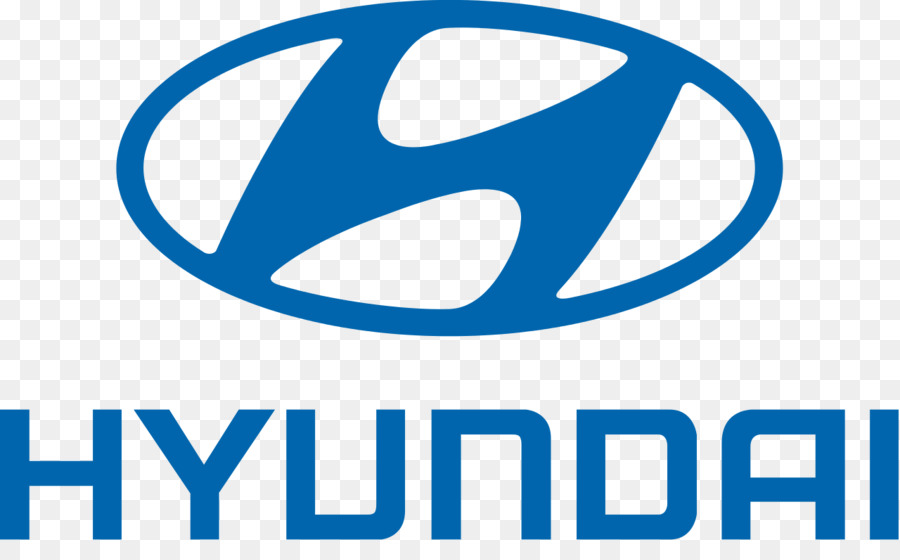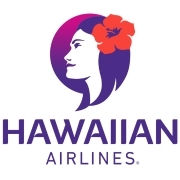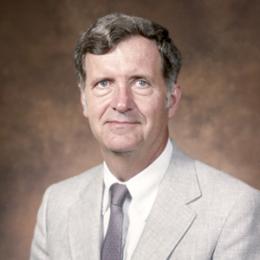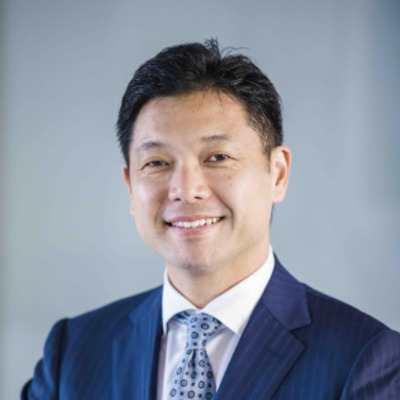Chung Ju-Yung: Journey of Hyundai Motor’s founder who proves man’s potential is limitless!
The global economy has witnessed major uncertainties, and this could be witnessed in the future as well. All know that the economy is depends hugely on the automobile industry. However, due to changing technology and rising competitions the automobile industry is facing a wave of rapid change. Which again somehow affecting the growth of the automobile sector and proportionally the economy of any country. But, there are some leading automobile companies out there that will make whatever changes as per the requirements of today’s world.
Hyundai Motor is one of the automobile firms that adapting new technologies and investing in new businesses. Nevertheless, without a strong foundation, it is difficult for a company to stand strong since its foundation. Especially, in the world where technology alters every year and competition intensifies per day. All credit goes to South Korean entrepreneur Chung Ju-Yung, who set up Hyundai Motors back in 1946. A person with great future insights and resolutions, and inspiration for young entrepreneurs.
Life Journey of Chung Ju-Yung
It’s fascinating to know how a boy that belongs to a poor Korean family became one of the richest men in the world. No doubt, it must be tough for him to climb the ladder of success, which he achieved with his indomitable efforts. Today, Chung Ju-Yung is one of the reputed names in the automobile industry and role model for many entrepreneurs. Let’s see, the journey from a common man to Hyundai Motors’ founder.
Early life
He was born on 25 November 1915 in Kangwon Province. In the period, when Japanese rule was all over Korea. Chung belongs to a peasant family and he was the eldest among his other siblings. At a young age, he wanted to be a teacher. Due to poverty, he also had to leave higher education. Also, Chung had to step back from his dream because of poor family conditions, where two times bread was hard to get. Fortunately, he got to attend a local Confucian school. Because his grandfather was running that school thus, Chung could attend the school after finishing farm work.
However, he discovered the businessman within him at the time he sold wood. Thereafter, some newspaper articles against poverty encouraged Chung who was tired of leaving in poverty.
Escape or Discovery of New Life?
That time, farmers were living a poor life, no matter how hard they worked the poverty was unending. Knowing farm life’s harsh realities, Chung decided to find other work. With his friend, he traveled to Kowon and they got their first job as construction workers. He worked there for two months until his father took his home. During that job, he understood his passion for civil engineering. So, he again escaped working in this field. But this time, he learned a life lesson. A stranger promised him to offer a job and took all the money and ran away. After that, he helped his father in farm work, but he was not ready to continue a farmer’s life. Sooner or later, he again managed to escape and enrolled a name in local bookkeeping school in the hope of becoming an accountant. All goes well until Chung’s father took him home again.
In the business
He again ran away and this time it was the wise Chung. Earlier, he took any job he could find. At that time, he worked as a laborer, construction worker, and a handyman. After several job roles, he found a better job as a deliveryman. This job at Seoul in the Bokheung rice store offered him many facilities. In a short period, he got appreciation and promotion as a rice store accountant. Apparently, it was the first job in his life that assisted to develop business skills. In 1937, the store owner died, and he left the store on Chung’s name. So, now he became the owner of the rice store. All goes well until the war, Japan forced the Korean business out of trading rice.
Chung Ju-Yung to start Hyundai
After a huge loss in the rice business, he returned home. He noticed that the Japanese Colonial government has restricted many businesses for Koreans. Studying all the scenarios, he decided to jump into an automobile repair business. Eventually, he started a-do service garage which offered him a good income in a short time. But in 1943, the Japanese colonial government forced to merge the garage with steel plant and this business shut down too.
In 1946, Korea liberated from the control of the Japanese Colonial government. Chung grabs the opportunity and established Hyundai. He was known to the fact that it’s a great chance to set the business in anticipation of the post-war reconstruction and industrialization.
Hyundai grabbed the contracts
Chung’s vision turned true; the company acquired major contracts from the government. In a short period, Hyundai builds most of the transportation infrastructure in South Korea. For example, Soyang Dam, Gyeongbu Expressway, Ulsan’s shipyard which is today largest in the world. Also, the company earned several contracts from the American Military.
Later life
At the age of 85, he died in Seoul on 21 March 2001. He builds the strong foundation of Hyundai and set his name as one of the most admired businessmen in the history of Korea. Whatever the company achieved is attributed to the future perspective and resolutions of Chung Ju-Yung.

Jayshri is an Electronics Engineer, but her passion towards writing made her to be in this field. Apart from content writing, she loves reading, writing and surfing on various topics. In her free time, she likes to watch TV series and news. Sherlock Holmes is her all time favorite show. Jayshri loves cooking various Indian-western dishes.







